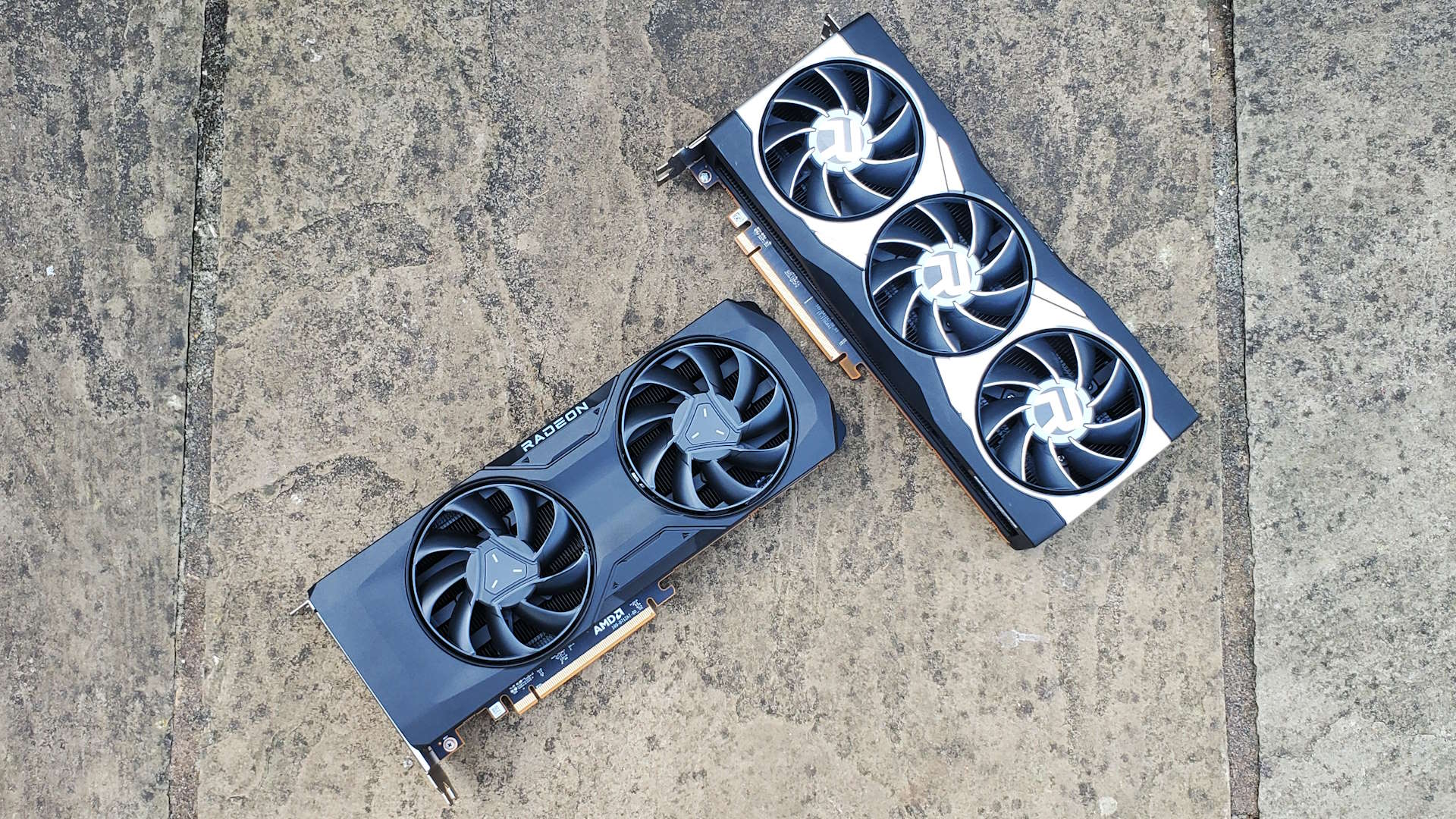AMD’s Fluid Motion Frames tech now works in any DX11 and DX12 game with any RX 7000 and RX 6000-series graphics card

AMD’s Fluid Motion Frames (AFMF) technology took a while to come to market. When it made its debut just over a couple of weeks back, support was limited to just two games: Forspoken and Immortals of Aveum. It appears as though AMD is happy with how the tech is maturing, as it’s just released a preview driver that extends support to well beyond a handful of white-listed titles.
According to the driver’s release notes, Fluid Motion Frames support is available not just on any RX 7000-series GPU, but any RX 6000-series one as well. But the key development is that AMD says it will now work in any DirectX 11 or DirectX 12 game.
That’s really great news as it means AMD owners can get a ‘free’ performance uplift in pretty much any game released over the last 10 or more years. As a bonus, Fluid Motion Frames can be enabled on competing GPUs too. It even functions on the massively popular and venerable GTX 1060. AMD might inadvertently be discouraging users from upgrading if its frame generation tech is widely adopted by the public. Not that we’re complaining!
AMD Fluid Motion Frames is AMD’s frame generation technology. It’s a part of the FSR 3 feature set. It’s designed to boost frame rates in games at challenging settings, particularly at high resolution or in games with demanding ray tracing settings. For a comprehensive overview of FSR 3 upscaling and Fluid Motion Frames technology, it’s well worth checking out Jeremy’s overview.
This dramatically widened support is in stark contrast to Nvidia’s DLSS 3 technology, which requires per-game support and the dedicated hardware acceleration features exclusive to RTX 40-series GPUs. It remains to be seen if Nvidia can adapt frame generation to run on its older GPUs—that’s if it’s even possible given its hardware requirements.
AFMF and frame generation technology in general is not a magic bullet. Frame generation increases latencies. To combat this, AMD has introduced its revised Anti-Lag+ technology.
Notably, AFMF is not recommended when frame rates are low as frame generation will make already high latencies worse. AMD recommends AFMF should only be enabled for games running at a minimum frame rate of 55 FPS for 1080p displays, and 70 FPS for 1440p or above displays.
Do note that the driver is defined as a Technical Preview, so it’s not quite ready for a wider public release. Still, if you are the kind of gamer that’s happy to poke around and fiddle with your GPU settings and you’re prepared to deal with a bug or two, this driver is well worth a look.




